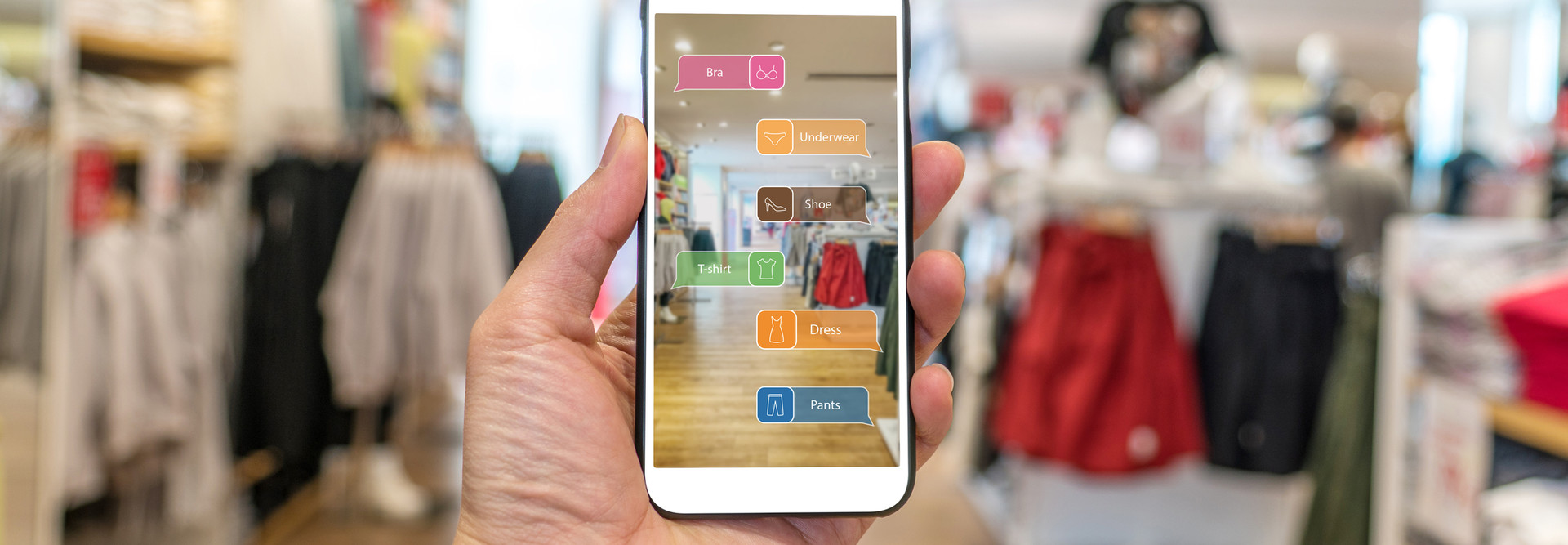Mobile Retail Technologies Cut Down the Checkout Line and Aid Inventory Lookup
For some shoppers, the sight of a long or slow-moving checkout line — even at self-scan kiosks, which aren’t always a quicker option — might deter a sale. At the very least, an unexpected delay could create a negative impression of a retailer’s staffing and efficiency.
That concern has led some brick-and-mortar brands to deploy handheld devices to their employees with the intent of helping customers pay for items on the fly. Target and Walmart each did so last year before the holiday shopping season.
Among potential clientele: The 52 percent of shoppers who, according to the National Retail Federation and Prosper Insights & Analytics, skip the hectic Black Friday shopping weekend because they don’t enjoy the experience.
“We all know waiting in line is a massive pain,” regardless of the season, brand consultant Deb Gabor told the Los Angeles Times. Mobile in-store checkout technology, she said, is “lowering the barrier to getting people physically in the stores.”
That could help explain why two-thirds of North American retailers plan to offer a mobile point-of-sale (mPOS) option within the next three years, according the latest POS/Customer Engagement Benchmark Survey by Boston Retail Partners — practices that also include apps for customers to scan items and check out independently. Participating merchants range from Dollar General to Macy’s; both added a self-service feature for shoppers in 2018.
“To me, it’s a no-brainer and something every retailer should invest in,” Forrester retail analyst Sucharita Kodali tells BizTech. “Widespread customer adoption is going to take awhile, but it will eventually become a standard.”
MORE FROM BIZTECH: Check out how retailers are adjusting to a tech-savvy world.
Using Mobile Checkout Devices in Retail to Benefit Shoppers
At all Target stores nationwide, sales teams received mobile technology to ease checkout lines during busy periods and provide immediate service in popular departments such as electronics.
The retailer’s “Skip the Line” objective builds on functionality introduced in 2017 that gave Target employees the ability to place online orders directly from the sales floor.
Walmart’s mobile initiative, known as “Check Out With Me,” was first tested last spring in the lawn and garden centers at 350 stores and was expanded to all Supercenter locations for Black Friday. Equipped with cellular devices and Bluetooth printers, Walmart employees can scan merchandise and accept payment on the spot.
Such offerings follow in the footsteps of retailers such as Nordstrom, which in 2011 deployed mPOS devices in its namesake stores — as well as Nordstrom Rack outlets.
Those tools now outnumber traditional cash registers in some locations, Nordstrom spokesman Colin Johnson told Forbes in 2012.
The devices, he told the magazine, can “take care of customers anywhere in the store,” such as a dressing room or shoe department. “That kind of ability to increase speed and convenience is increasingly important.”
LEARN MORE: Check out how retail technology solutions can help improve the customer experience.
mPOS in Retail: Risks and Challenges
Despite speed and convenience, mobile checkout must be accompanied by safeguards to deter criminals who might surreptitiously walk out of a store, claiming to have paid for an item.
That’s particularly crucial for checkout apps that give customers full control of the exchange. Users of Kroger’s Scan, Bag, Go app for example, must present a barcode at a self-checkout kiosk after paying. Similar measures are in place at Kohl’s and Sam’s Club.
Still, there are barriers. Walmart in May 2018 abandoned its Scan and Go shopper’s app due to low adoption, technical errors and, as a former executive told Business Insider, an unchecked potential for theft.
Kodali, of Forrester, suggests that stores adopting an mPOS approach in any form take a cue from Costco, where employees review and mark receipts as shoppers approach an exit.
Retailers also “are going to have to figure out a way to leverage cameras and a loss prevention team,” says Kodali, noting that a store’s layout can also be an issue. “The biggest challenge is when you have multiple points of egress.”









